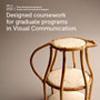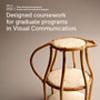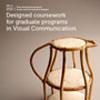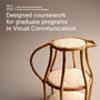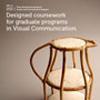Introduction:
The material and practical nature of the world makes us vertical rather than lateral thinkers. Therefore, assignments in Basic Graphic Design1 are compartmentalized into right and wrong by vertical thinkers. While doing an assignment if a functional reason is not found to act upon, then such assignments are labeled as irrational. Therefore, at times it becomes critical for the instructor to design courses, which need students to utilize both, the left and right hemispheres of their brains, instead of creating dominance of one kind of thinking over the other.
This course will focus on task of a pragmatic nature. It attempts to enable a student to practically do things on his own. The aim here is to work on solutions and analyze them with a solid foundation of elements and principles of design. The primary objective is to help the students perform the role of a critic as well as help understand the underlying analysis of communication design solutions related to type and images. The attempt here is to prepare the students to judge their design solutions with more objectivity, releasing them from the notion of mere likes and dislikes.
1. Basic Graphic Design:
It includes teaching of elements and principles of design. These courses are exploratory in nature and the objective is to learn by doing/ experiencing.
2. Metaphor:
A metaphor is a figure of speech in which a word or phrase is substituted for a dissimilar subject to suggest a likeness or link between them. The original word or phrase then takes on qualities of the linked subject, increasing understanding.
3 Analogy:
Analogy is the term for a description derived from a process of reasoning from parallel or similar cases explaining what unlike things share in common.
5 (Elizabeth Resnick, 2003)



